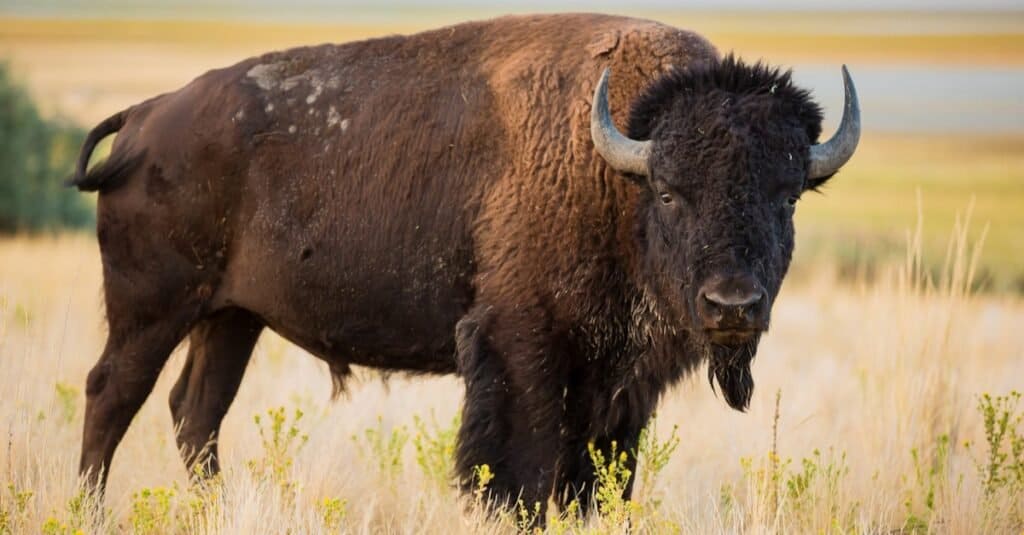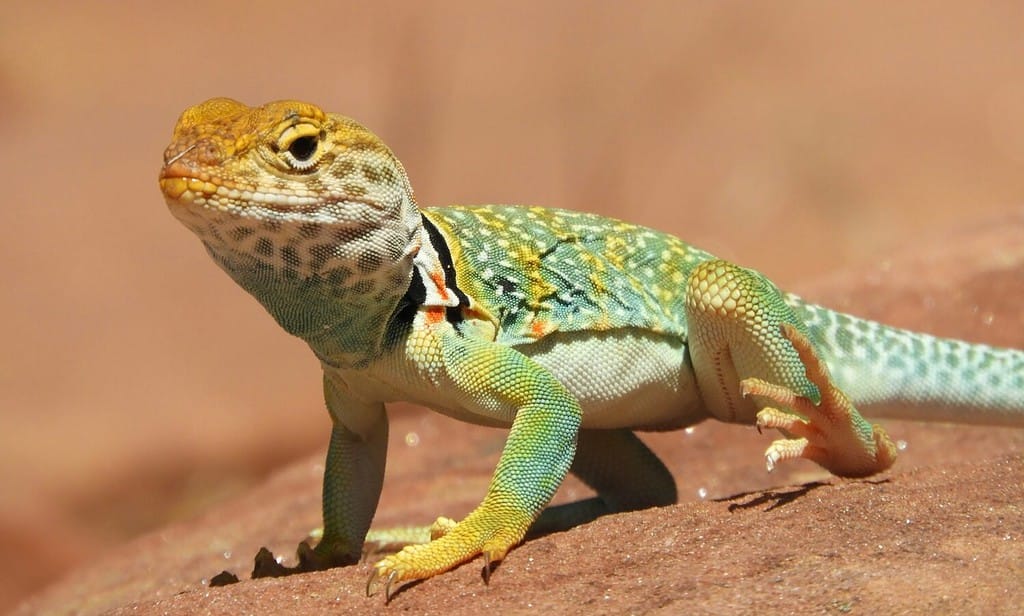Oklahoma, also called the Sooner State, is a great state for wildlife. It’s home to flying squirrels, black bears, and bald eagles. American bison, the continent’s largest land mammal, roam the state’s wildlife refuges. The Sooner State’s roster of official animals, including the white-tailed deer, the red-tailed hawk, and the black swallowtail butterfly reflect Oklahoma’s diversity of fauna. But what about that state nickname? The Sooner State? What the heck, exactly, is a “sooner?”
The Sooner Story

Sooners played a memorable role in Oklahoma’s development as a U.S. territory.
©MorphoBio/Shutterstock.com
It turns out that a sooner is a person…and when the term originated, it wasn’t exactly a term of endearment. The story begins in 1889 when the U.S. Government opened up some 200 million acres of Oklahoma Territory land for settlement. Of course, as is often the case, the area’s indigenous people. had already settled a lot of that land. But the federal government had already forced Native American tribes out of the area, and settlers were clamoring to build homesteads in the so-called “Unassigned Lands.” So the government gave in and scheduled a “land run” beginning on April 22, 1889. This was an almost-literal race for land. Authorities granted property ownership on a first-come first-served basis to whoever occupied the acres and made a claim (the actual title was given once it was occupied for five years).
According to the rules, no one was allowed to enter the unassigned area before the land run started—with the firing of an actual starting gun. But wouldn’t you know it, some people tried to get an unfair advantage by hiding out in the territory ahead of time, the better to scope out and claim a sweet spot before anybody else. And these dubious rule-benders were dubbed, you guessed it, sooners. Which is to say, they sneaked in ahead of time, sooner than the official start of the land run. According to a statute known as the Sooner Clause, doing that means being denied ownership of the land you claim.
Complaints about sooners started to arise about six months after the 1889 land run, leading to legal disputes that lasted for years. Subsequent land runs would also generate sooner issues. Eventually, the government adopted different methods to assign unoccupied territory to homesteaders.
So originally the term “sooner” had a negative connotation. It designated someone who tried to cheat, or flout the law, after all. But as time passed, the word “sooner” gained implications of having an energetic, enthusiastic, can-do attitude, perhaps with a bit of good ol’ American rebellious spirit. In 1908, a year after Oklahoma became the 46th state, the University of Oklahoma football team named themselves “The Sooners.” This seemed to cement the word as a popular self-identifying term for Oklahoma’s residents. The state adopted its Sooner State nickname shortly after.
OK’s Other State Symbols

Meet Oklahoma’s official state mammal. But don’t get too close.
©O.S. Fisher/Shutterstock.com
Oklahoma’s state bird is the scissor-tailed flycatcher, a long-tailed, robin-sized bird found in the south-central U.S. As their name suggests, these birds are excellent at catching insects on the wing. They’re often seen perched on the fence wires along Oklahoma’s open roads and open spaces.
The state mammal of Oklahoma is the American bison, which is also North America’s largest land animal, and the official mammal of the United States. Bison once numbered 60 million across the North American continent, but by 1889 hunting had reduced the wild population to 635. Conservation and repopulation efforts have brought that number back up to more than 20,000.
The state dinosaur is Acrocanthosaurus atokensis, a T. Rex-like predator whose remains were first discovered near Atoka, Oklahoma in 1940. Paleontologists found a more complete skeleton in 1983 near the Museum of the Red River. Oklahoma also has an official state fossil, Saurophaganax. An example is on permanent exhibit at the Sam Noble Museum in Noble, Oklahoma.
Oklahoma’s state rock has prehistoric origins as well. Rose rock, also called desert rose or baryte rose, is a crystal formation that resembles the petals of a rose. Oklahoma’s rose rock formed during the Permian era, 250 million years ago. Likewise, the official state soil, port silt loam, contains stone and shale from the Permian era. Port silt loam covers around one million acres of land in 33 of the state’s 77 counties.

OK, boomer.
©PDeluca/Shutterstock.com
The Oklahoma state reptile is the collared lizard, a 4-4.5-inch reptile with green and orange coloration, bright spots on its back, and a black collar-like marking around its neck. The lizard is also known as the “mountain boomer,” which might be a tongue-in-cheek reference to the state’s 19th-century land runs. In a sense, without boomers, there’d be no sooners. “Boomers” were the would-be settlers who wanted the unassigned territory opened up for homesteaders. Perhaps the nickname honors these lizards as the area’s original settlers.
The photo featured at the top of this post is © railway fx/Shutterstock.com
Thank you for reading! Have some feedback for us? Contact the AZ Animals editorial team.







